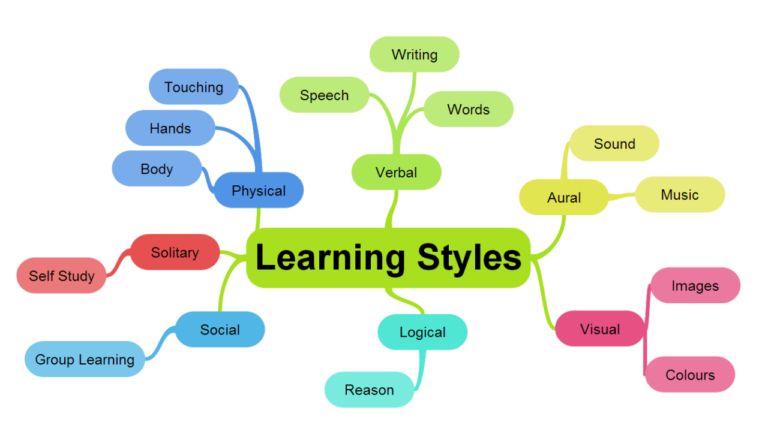The Impact of Standardized Testing on Education
Standardized testing has become a prominent feature of educational systems worldwide. These assessments are designed to measure student performance, evaluate educational effectiveness, and inform policy decisions. However, the impact of standardized testing on education is a complex issue, sparking debates among educators, policymakers, parents, and students. This article explores both the positive and negative effects of standardized testing on education, highlighting its implications for teaching and learning.
Understanding Standardized Testing
Definition and Types
Standardized tests are assessments that are administered and scored in a consistent manner across all test-takers. They can vary in format and purpose, including:
- Achievement Tests: Measure knowledge in specific subjects, such as math or reading.
- Aptitude Tests: Assess a student’s potential to succeed in future learning.
- College Entrance Exams: Tests like the SAT or ACT that evaluate readiness for college-level work.
Implementation in Education
Standardized testing is often used at various educational levels, from elementary schools to universities, influencing curriculum design, teaching strategies, and student assessment.
The Purpose of Standardized Testing
Accountability and Benchmarking
Standardized tests are intended to hold schools and educators accountable for student learning. They provide a means to benchmark student performance across different regions and demographics.
Identifying Learning Gaps
These assessments can help identify gaps in knowledge and skills, allowing educators and policymakers to target resources and support where they are needed most.
Positive Impacts of Standardized Testing
1. Objective Measurement of Student Performance
Standardized testing provides a uniform way to evaluate student learning, minimizing subjectivity and bias. This objectivity can help ensure that all students are held to the same academic standards.
2. Data-Driven Decision Making
The data generated from standardized tests can inform educational policies and practices. Schools can use this information to assess curriculum effectiveness, allocate resources, and implement targeted interventions.
3. Preparation for Future Assessments
Standardized tests can help students develop essential test-taking skills that are beneficial for future academic assessments, such as college entrance exams and professional certification tests.
4. Accountability for Schools and Educators
Standardized testing can motivate schools and educators to improve their teaching methods and curricula. By highlighting areas of weakness, these assessments encourage a focus on continuous improvement.
Negative Impacts of Standardized Testing
1. Teaching to the Test
One of the most significant criticisms of standardized testing is that it can lead to “teaching to the test,” where educators focus primarily on test content rather than a broader curriculum. This approach can stifle creativity and limit critical thinking.
2. Increased Stress for Students
Standardized tests can create high-pressure environments for students, leading to anxiety and stress. This pressure can negatively affect their overall educational experience and well-being.
3. Narrowing of Curriculum
To improve test scores, schools may prioritize subjects that are tested, such as math and reading, while neglecting other important areas like the arts, physical education, and social studies.
4. Equity Issues
Standardized tests may not account for the diverse backgrounds and learning needs of all students. Factors such as socioeconomic status, language barriers, and learning disabilities can impact test performance, leading to an unfair assessment of student abilities.
The Role of Standardized Testing in Accountability
1. Educational Policy
Standardized testing often plays a significant role in shaping educational policy at local, state, and national levels. Policymakers may use test results to make decisions about funding, school closures, and teacher evaluations.
2. School Ratings and Funding
Schools are frequently rated based on standardized test performance, which can influence funding and resource allocation. This reliance on test scores can create a competitive environment among schools, sometimes at the expense of student learning.
Alternatives to Standardized Testing
1. Performance-Based Assessments
Alternative assessment methods, such as performance-based assessments, allow students to demonstrate their knowledge and skills through projects, presentations, and real-world applications.
2. Formative Assessments
Regular formative assessments, such as quizzes and class discussions, can provide ongoing feedback to both students and educators without the high stakes of standardized tests.
3. Portfolio Assessments
Portfolios, which compile a student’s work over time, can provide a more comprehensive view of their abilities and progress, allowing for a richer evaluation of their learning.
Conclusion
Standardized testing is a multifaceted tool that has both positive and negative impacts on education. While it offers objective measures of student performance and helps hold educators accountable, it can also create stress, limit creativity, and exacerbate inequities. As education continues to evolve, it is essential to strike a balance between effective assessment methods and fostering an engaging, well-rounded educational experience. Exploring alternatives to standardized testing may help create a more inclusive and supportive learning environment, ultimately benefiting all students.






